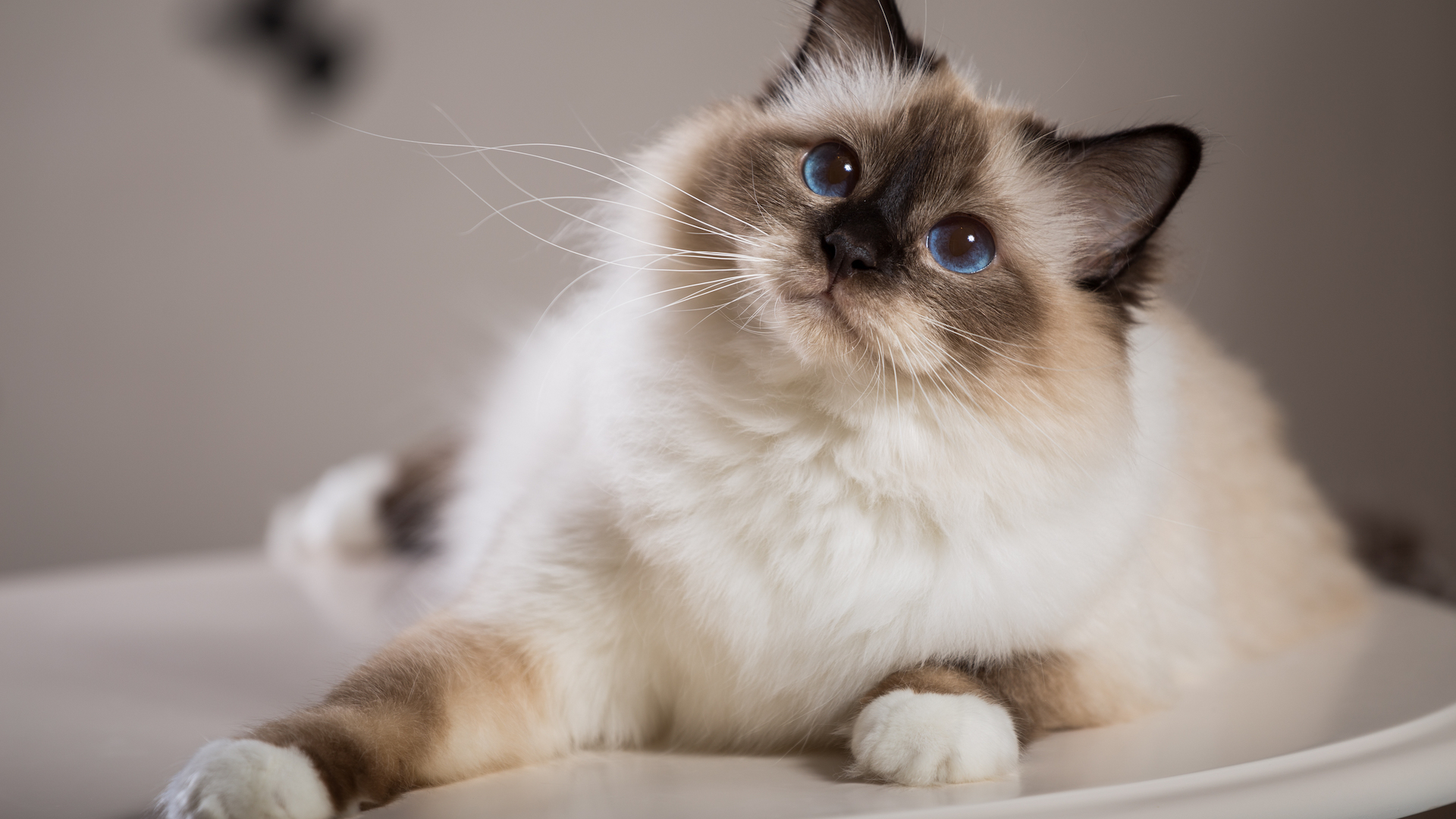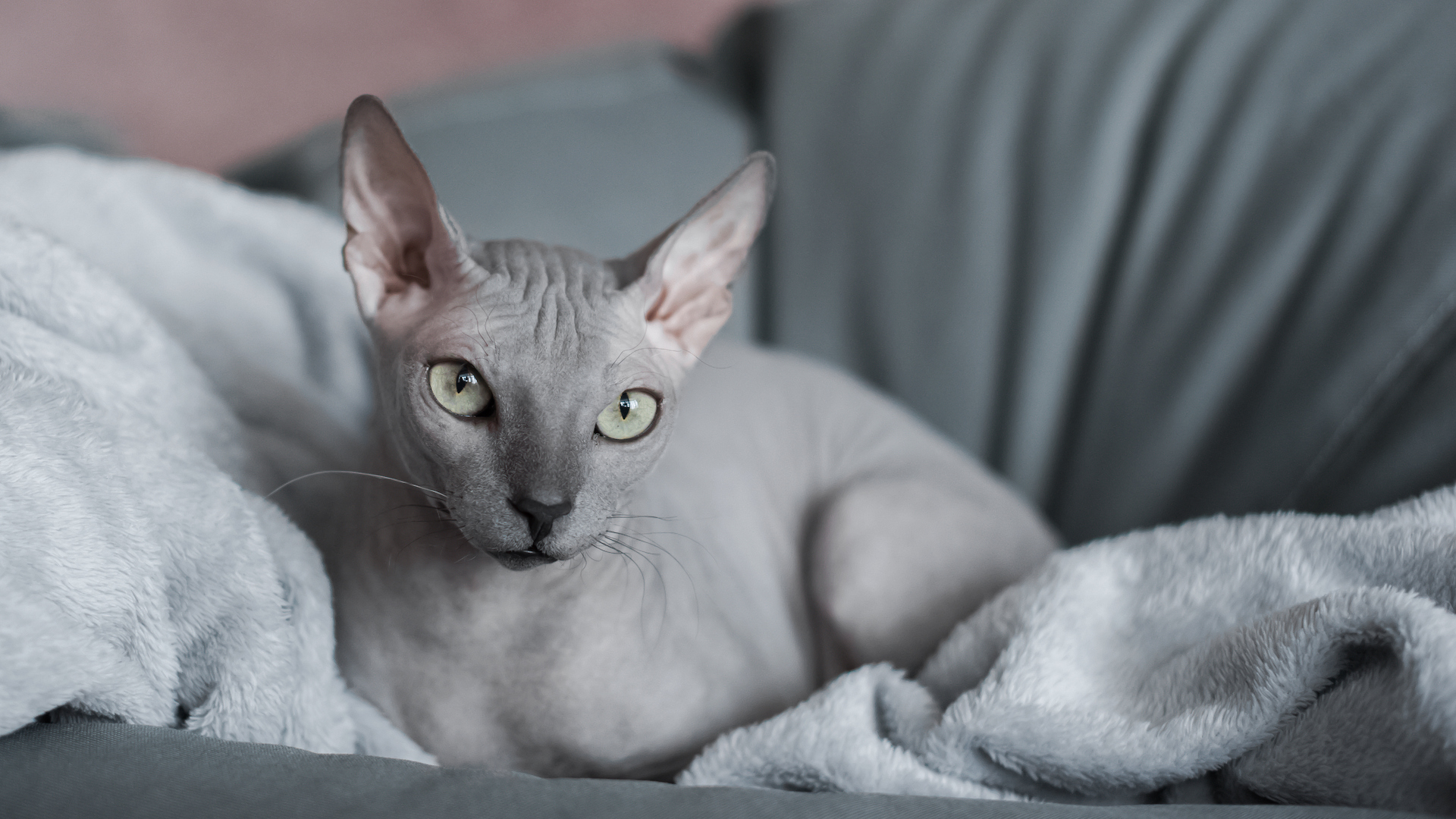Massive study of 8,000 cats reveals which breeds live longest
Birman and Burmese cats live the longest, while Sphynx cats die the youngest, a giant new study of U.K. cats found.

Burmese and Birman cats have the longest average life expectancies among common pet cat breeds, according to a new study. Sphynx cats, meanwhile, die the youngest, on average.
The study, published May 7 in the Journal of Feline Medicine and Surgery, examined data from nearly 8,000 pet cats in the U.K. that died between January 2019 and March 2021.
"The main motivation was to use data to empower people" to make informed decisions about their cat's health care, said study co-author Dan O'Neill, a companion-animal epidemiologist at the Royal Veterinary College in London.
A cat breed's average life expectancy can be a useful metric, but it doesn't tell the whole story. To get a better picture of cats' projected life spans, the researchers developed "life tables," which estimate cats' average remaining life expectancy at any given age by excluding data on cats that died before reaching that age.
Pet cats in the U.K. had an average life expectancy of 11.7 years at birth, the study found. On the whole, crossbred cats lived about 1.5 years longer than purebred ones. Burmese and Birman cats had the longest life expectancies at birth, each averaging 14.4 years. Sphynx cats' life expectancies were less than half as long — a mere 6.7 years — possibly because of a genetic predisposition to heart conditions or other diseases.

Other factors besides breed contributed to a cat's life expectancy. Female cats lived an average of 1.3 years longer than male cats, and spayed and neutered cats lived 1.1 years longer than intact cats.
Cultural preferences, like whether cats should be kept indoors or allowed outside, could also influence a cat's estimated life span, the researchers reported. Such preferences vary widely but are difficult to quantify. That's because veterinary clinics don't record whether or how often a cat goes outside, and a cat's outdoor adventures might become more or less frequent if it's rehomed later in life, O'Neill said.
Sign up for the Live Science daily newsletter now
Get the world’s most fascinating discoveries delivered straight to your inbox.
The life tables give cat owners and veterinarians more information to consider when making important decisions regarding adoption, medical treatment or euthanasia, said study coauthor Kendy Teng, a small-animal epidemiologist at National Chung Hsing University in Taiwan.
The study also had an unexpected emotional impact on some cat owners. After a friend shared the study's results on social media, Teng said, responses began to pour in. "A lot of people were saying, 'The time is so short. I need to treat my cats better, or to treasure the time that we have,'" she told Live Science. "It helps the pet owner to cherish the time and their connection and relationship."

Skyler Ware is a freelance science journalist covering chemistry, biology, paleontology and Earth science. She was a 2023 AAAS Mass Media Science and Engineering Fellow at Science News. Her work has also appeared in Science News Explores, ZME Science and Chembites, among others. Skyler has a Ph.D. in chemistry from Caltech.










